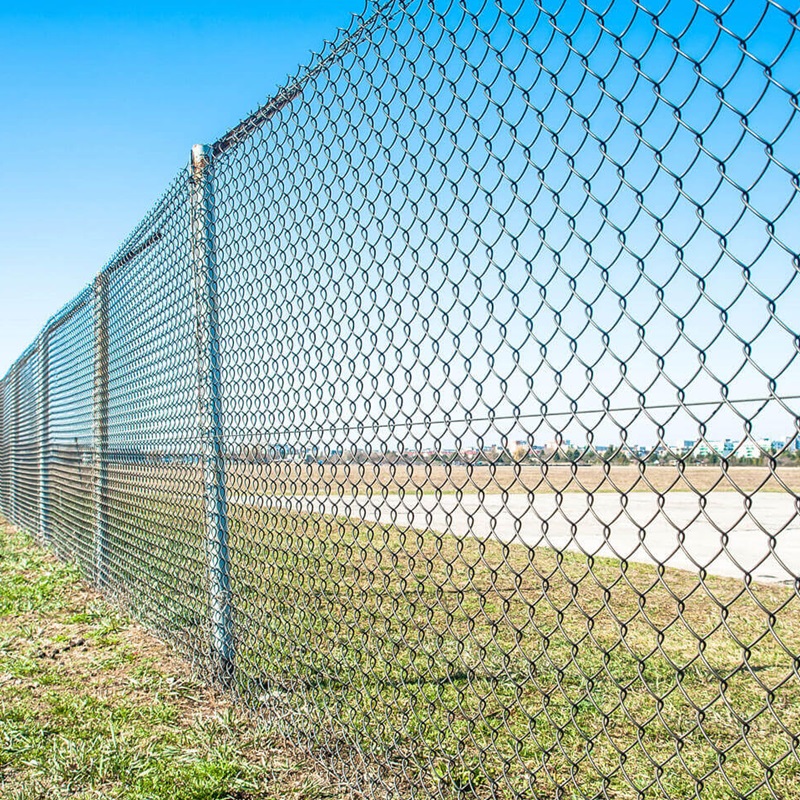ആഗ . 07, 2024 17:25 Back to list
Quality Wrought Iron Fence Manufacturing for Durable and Stylish Outdoor Solutions
The Craftsmanship and Legacy of Wrought Iron Fence Factories
Wrought iron has held its place in the spectrum of metallurgy for centuries, prized for its durability, malleability, and aesthetic appeal. Wrought iron fence factories, in particular, stand as a testament to the artistry and industrial innovation that has shaped our understanding of fencing and outdoor structures. They combine traditional craftsmanship with modern technology to create products that not only serve practical purposes but also enhance the beauty of homes and landscapes.
The origins of wrought iron fencing can be traced back to ancient civilizations where iron was first manipulated into shape through heat and hammering. Unlike cast iron, which is brittle, wrought iron is characterized by its fibrous structure, making it more flexible and easier to work with. This property has allowed skilled artisans in wrought iron fence factories to create intricate designs that withstand the test of time. The techniques employed in these factories have evolved over the years, blending traditional blacksmithing methods with contemporary machinery to produce high-quality products efficiently.
The Craftsmanship and Legacy of Wrought Iron Fence Factories
In addition to durability, wrought iron fences offer a high degree of customization. Wrought iron fence factories provide a wide range of styles, from classic Victorian designs to contemporary minimalist aesthetics. Clients can choose from various motifs, including floral patterns, geometric shapes, and more elaborate ornamental designs. This versatility allows individuals to tailor their fencing solutions to match or complement their architecture, whether it’s a historic home or a modern property.
wrought iron fence factory

Moreover, wrought iron fences provide security without compromising the view. Unlike solid walls or wooden fences, wrought iron fencing can create a protective boundary while still allowing visibility and airflow. This makes it an excellent choice for properties overlooking scenic landscapes, gardens, or public spaces. Many wrought iron fence factories also offer gates that maintain the same level of design integrity, ensuring that every entry point is both functional and visually appealing.
Sustainability is another aspect to consider. Wrought iron is a recyclable material, and many modern factories focus on eco-friendly practices in their production processes. By choosing wrought iron fencing, customers contribute to a more sustainable approach to building materials, aligning with contemporary values of environmental consciousness.
In recent years, there has been a resurgence of interest in wrought iron products as homeowners seek unique additions to their properties. This revival has prompted many wrought iron fence factories to innovate, exploring new designs and technologies to meet modern demands. The fusion of traditional craftsmanship with state-of-the-art techniques results in fences that not only have aesthetic appeal but also integrate seamlessly with smart home technologies.
In conclusion, wrought iron fence factories embody a rich tradition of craftsmanship and innovation. Their ability to produce high-quality, durable, and aesthetically pleasing fencing has solidified wrought iron’s place in architectural design. As more individuals and communities recognize the benefits of wrought iron fencing, these factories will continue to thrive, preserving the legacy of this timeless material while adapting to future needs and trends. Whether for security, beauty, or both, wrought iron fences remain an enduring choice for discerning property owners.
-
Durable Hot-Dip Galvanized Farm Field Wire Fence | Farm Security
NewsAug.01,2025
-
Temporary Fencing Solutions-Anping County Xingzhi Metal Wiremesh Products Co.,Ltd
NewsJul.31,2025
-
Hop Dipped Galvanized / PVC Coated Temporary Fence - Anping County Xingzhi Metal Wiremesh Products Co., Ltd.|Durable Temporary Fencing&Cost-Effective Security Solutions
NewsJul.31,2025
-
Hop Dipped Galvanized / PVC Coated Temporary Fence-Anping County Xingzhi Metal Wiremesh Products Co., Ltd|durable temporary fencing&corrosion-resistant solutions
NewsJul.31,2025
-
Temporary Fencing Solutions - Anping County Xingzhi Metal | Galvanized PVC Coated Fences
NewsJul.31,2025
-
358 Anti-Climb Welded Wire Mesh Fence - High Security, Durable
NewsJul.31,2025



